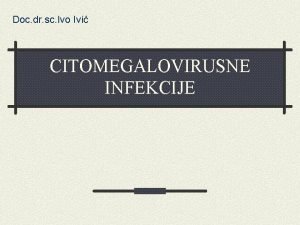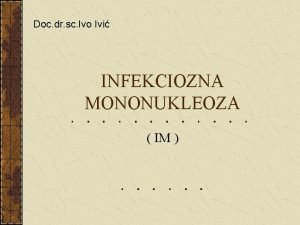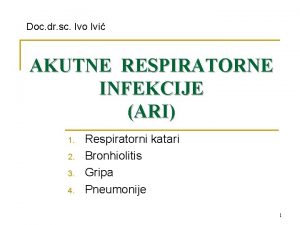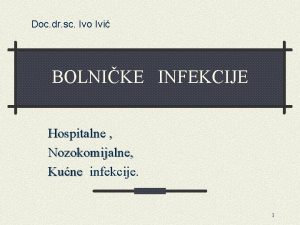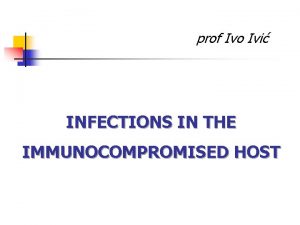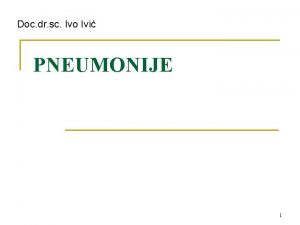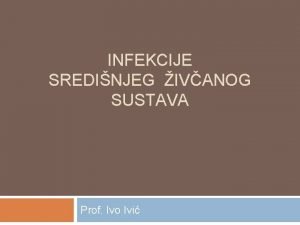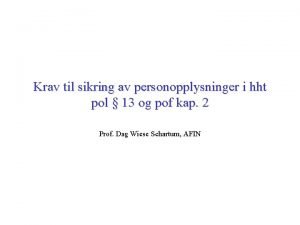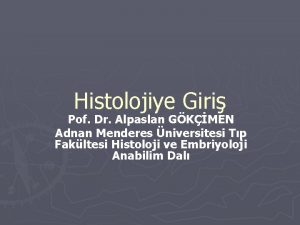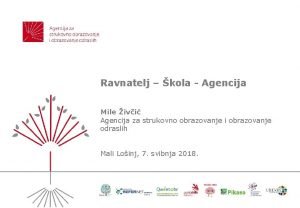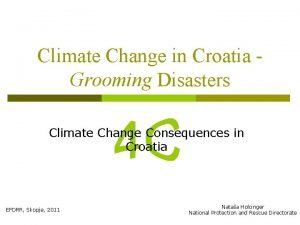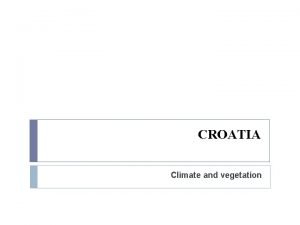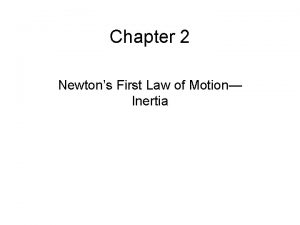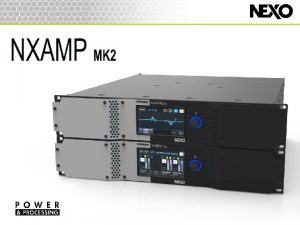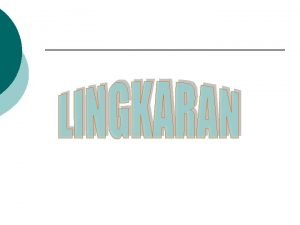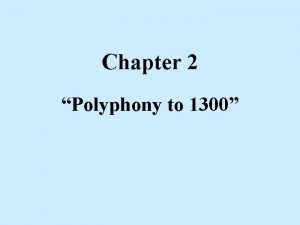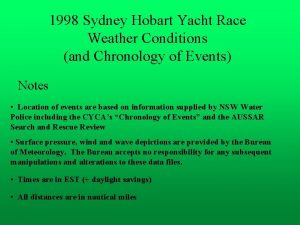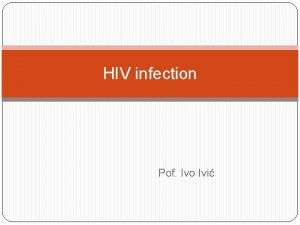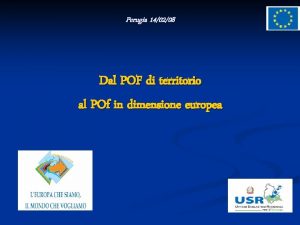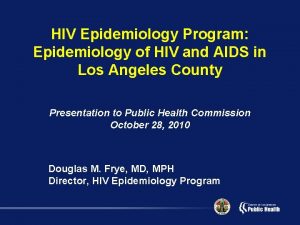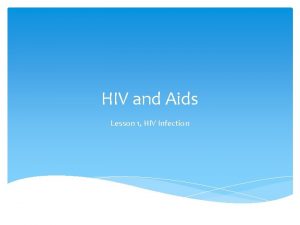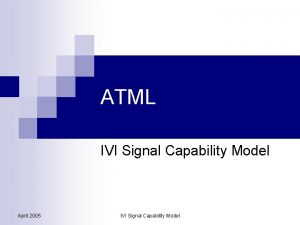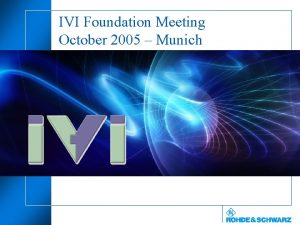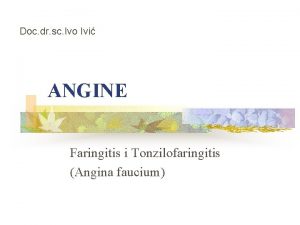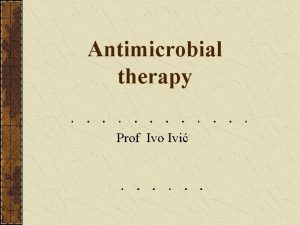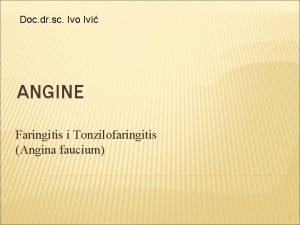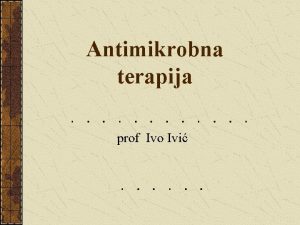HIV infection Pof Ivo Ivi Epidemiology Croatia 1300



















































- Slides: 51

HIV infection Pof. Ivo Ivić

Epidemiology

Croatia -1300 persons with HIV(2015) -190 died ≈80 new cases/year ≈20 new cas. /1 mil/year Other EU countries: 57 new cas. /mil/year

Route and risk of infection �Blood transfusinon = 100 % �Child born from untreated mother = 30% �Nidle-stic injury from HIV + = 1: 300 �Sexual (rectal =vaginal): �High viremia: 1% per intercourse �Low viremia: < 0, 01% per intercourse �Repeated exposure : 1% per month Gental ulcers increase risk by 10 times Kissing ? ! = 0% HIV in not present in saliva

What decreases risk of infection? �Condoms (almost 100% reduction) �Blood supply control � 1 infection/0, 5 mil transfusions = 0, 000005% �Therapy of mother: risk for child <1% �Sterile needles (needle stick exchange) in IVU: 90% reduction

Pathogenesis Viral gp 120 binds to DC-SIGN of dendritic cells (DC) Attachment to CD 4 (lymphocytotophic vir and CCR 5 receptors (monocytotrophic v

Pathogenesis-continued � HIV crosses mucosa, � Transport by dendritic cells (Trojan horse) into the lymph nodes � Infection of T lymphocyte in the lymphnodes � Replication and release of HIV, � Infection of new lyphocytes- rise of viremia (millions/ml) � Dissemination of the virus in other organs After 2 -3 weeks of “incubation” �� Acute retroviral syndrome


Pathogenesis-continued

Pathogenesis-continued 2 -4 -weeks after acute retroviral sy. �Immune response awakes �Antibodies + Specific cytotoxic T cells appear �Tansient control of HIV replication is established �Drop of viremia to plato level �av. 30. 0000 copies/m. L �the higher plato level = the shorter duration of control �Clinical latency

Pathogenesis-continued

Pathogenesis-continued After latent period �CD 4 cell count drop progressively �HIV replication inceases exponentially �CD 4 cel count < 200/ml �Opportunistic infections (AIDS)


The rate of disease progression Type of progression 1. 2. 3. 4. Typical Rapid Slow Long-term nonprogressors Years to symptomatic infections (CD 4 <200/m. L) 8 -10 y 1 -2 y >10 y virtually never

Progression inversely correlates with viral load plateau: �the lower is viral load = the better is cytotoxic T-ly response

Factors influencing progression of HIV infection Generaly not well understood Age: �Fetal infection ………. more rapid progression �Younger adult age …… slower progression �Older adult age ……… more rapid progression

Acute HIV infection Clinical feature

�Asymptomatic early infection �Peristent generalised lymphadenopathy. PGL �Acute HIV syndrome

�PGL- peristent generalised lymphadenopathy �Afebrile �Enlarged lymph nodes in ≥ 2 areas �Lymph node diamenter ≥ 1 cm �No other etiology confirmed

�Acute HIV syndrome (tansient symptomatic disease) �Fever with: 1. … no other symptoms = flu like disesase; or 2. …. rash; or 3. … oral and genital ulcers; or 4. … pharyngitis, or 5. … lymphadenopathy = inf. mononucleosis sy. ; or 6. . headake - aseptic meningitis

Pink-to-red macules or maculopapules: trunk, neck, face Painful oral and genital ulcers �Symptoms resolve within 2 weeks �Lethargy and fatigue may perisit for months

LABORATORY �Leucocyte count: normal or slightly below normal �Liver transminases: moderately elevated �CSF (if positive): viral meningitis profile

Symptomatic HIV infection Acquired Immune Deficiency Syndrome (AIDS)

Cytotoxicity (CD 8) Antibody production (B cells) CD 4 -T helper-

Decreased CD 4 cell count Critical = 200 /m. L �Exogenous infections: repeated and prologed �S. penumoniae, non-typhiod Samonella �Reactivation of latent infections Infections caused by opportunistic pathognes �Developement of malignancies

Reactivation of latent infections Infections caused by opportunistic pathognes �Bacterial: Mycobacterium tbc, atypical mycobacteria (MAC) �Fungal: Candida, Pneumocystis j. , Crypotococcus, Histoplasma �Viral: CMV, HSV, VZV, EBV, HHV, polioma. JCV* �Protozal : Toxoplasma g. , Cryptosporidium, * JCV (John Cunningham virus

Indicator diseas of AIDS in adults Bacterial infections �Recurrent bacterial pnemonia ( ≥ 2 episodes/1 month) �Recurrent Salmonella septicema or prolonged diarrhoea �Pulmonary/extrapulmonary tuberculois �Disseminated Mycobacterium avium �Nocardiosis

Indicator conditions of AIDS in adults- continued Fungal infections �Candidiasis: oesophagus, trachea, lungs �Pneumocystis jiroveci pneumonia �Cryptococcosis: extrapulmonary (CNS) �Extrapulmonary histoplasmosis

Candidiasis Oral Esophageal Respiratory

Pneumocystis jiroveci Sat. O 2 LDH

Indicator conditions of AIDS in adults- continued Viral infections �HSV: mucocutaneous ulcerations Lasting for more than 1 month �CMV: colitis, penumonia, etc. (ly. nodes, spleen, liver and eyeexcluded) �JC V (John Cunninham virus) : progressive multifocal leucoencephalopathy (PML)

CMV ulcerative colitis Oral HSV ulcerations Genital HSV ulcerations

Indicator conditions of AIDS in adults- continued Protozal infectios �Cryptosporidosis: diarrhoea for more than 1 month �Toxoplasmosis of internal organs (CNS) Roundworm infection �Extraintestinal stongyloidiasis

Indicator conditions of AIDS in adults- continued Progressive multifocal leucoencephalopathy (PML) JCV White matter inflammation Demyelinating disase

CNS toxoplasmosis Extraintestinal stongyloidiasis sepigonus subcutaneous infiltates

Indicator conditions of AIDS in adults- continued HIV-associated wasting : �Involuntary loss of >10% of weight + �Chronic diarrhoea (more than 1 month) or chronic wekness + �Prolonged enigmatic fever (more than 1 month). HIV-associted dementia �Loos of cognitive functions


Developement of malignancies Kaposi sarcoma Non-Hodgkin B-cell lymphoma (systemic and CNS) Virus HHV-8 EBV ; HHV-8 Invasive cervical carcinoma HPV Leiomyosarcoma (pediatric) Hepatocellular carcinoma Hodgkin disease Anal cancer EBV HCV, HBV EBV HPV

Caposi sarcoma Oral brownish skin infiltrates brown to dark purple tumors Intestinal

Non-hodgkin B cell lymphoma (neck) CNS B cell lymphoma (unilocular

Diagnosis

Testing for HIV �anti-HIV: antibodies to envelope glycpoprotein gp 120 � 99% sensitive and specific �window period 18 -24 days � 95% become positive witnih 90 days �determined by 3 rd and 4 th generation ELISA �HIV Ag: protein p 24 �detectable in early (acute) infection � 4 th generation ELISA �PCR HIV-1 nucleic acids

� 4 th generation ELISA- remcomended �Detection of p 24 Ag + anti-gp 120 Ab �Confirmation with the same 4 th gen. test � 3 rd generation ELISA �Detection of anti-gp 120 Ab �Confirmation with Western blot is recquired

PCR HIV-1 1. Qualitiative (+ or -) �detection of revresely transcribed DNA (in CD 4+cells) �useful in ELISA (anti-HIV) negative windov period 2. Qunatitative (number of copies/ml) �detection of viral RNA in plasma �used to determine level of viremia

Diagnostic algorithm

THERAPY

Target sites of action of antiretoviral therapy (ART) 1 st line HAART

Nucleoside Reverse Transcriptase Inhibitors Non Nucleoside Reverse Transcriptase Inhibitors Protease Inhibotors Entry inhibotor

HAART-Higly Active ART Combination of at least 3 drugs: �First line: 2 NRTI + 1 PI (or 1 NNRTI) Why HAART? �High rate of replication of HIV �Rapid development of resistence with monotherapy Tretment goal �Maintenace of HIV RNA copies below 50/m. L (the best prevention of drug resistence ) �Lifelong therapy reqiured

When to start therapy? Should be guided by the number of CD 4: �CD 4 count below 350/m. L- strongly reccomanded �CD 4 count 350 -500/m. L- moderately reccomanded �CD 4 count above 500/m. L- optional �ie: high level od HIV RNA (rapid progressor)

Disadvantages of HAART � Lifelong therapy � Frequent drug toxicity � Dug interaction � (prophylaxis or therapy of opportunistic infections) � Resistant HIV quasipecies may occur � Monitoring of CD 4 cell count recquired � Monitoring of HIV RNA level recquired Patient’s high motivation and compliance are essential
 Ivo ivi
Ivo ivi Ivo ivi
Ivo ivi Dispnoična
Dispnoična Ivo ivi
Ivo ivi Ivo ivi
Ivo ivi Ivo ivi
Ivo ivi Ivo ivi
Ivo ivi Certification board of infection control and epidemiology
Certification board of infection control and epidemiology Pol pof
Pol pof Nacl nomenclatura
Nacl nomenclatura Pof eugene
Pof eugene Gcse pof
Gcse pof Porque vs porqué
Porque vs porqué Selloidin
Selloidin Metaivi.com
Metaivi.com Www.elcn
Www.elcn Connected ivi
Connected ivi Mile živčić
Mile živčić Ivi s
Ivi s Herzegovina bulgaria croatia
Herzegovina bulgaria croatia Croatia osiguranje prijenos bonusa
Croatia osiguranje prijenos bonusa Croatia climate
Croatia climate Ministry of agriculture croatia
Ministry of agriculture croatia Longest river in croatia
Longest river in croatia Ministry of agriculture croatia
Ministry of agriculture croatia Soc croatia
Soc croatia Croatia minimum wage
Croatia minimum wage Carnival croatia
Carnival croatia Rwe
Rwe Albicila
Albicila 1300
1300 Fertile cresent
Fertile cresent Art of the americas before 1300
Art of the americas before 1300 Dante 1300
Dante 1300 S-1300
S-1300 When you quickly jerk a cart forward
When you quickly jerk a cart forward Renaissance timeline 1300 to 1650
Renaissance timeline 1300 to 1650 4 x 1300
4 x 1300 The byzantine empire and emerging europe
The byzantine empire and emerging europe 1300-612 bce
1300-612 bce Axgate 300
Axgate 300 Continuous feed printer
Continuous feed printer 1300 hrs
1300 hrs Jumlah sudut pada segi lima adalah a 180 b 360 c 450 d 540
Jumlah sudut pada segi lima adalah a 180 b 360 c 450 d 540 Renaissance 1300 to 1600
Renaissance 1300 to 1600 1200-1300 lexile books
1200-1300 lexile books Notre dame organum
Notre dame organum 1000-1100 lexile books
1000-1100 lexile books Si concluse nel 1300 02 con la pace di caltabellotta
Si concluse nel 1300 02 con la pace di caltabellotta Sydney to hobart 1998 wave height
Sydney to hobart 1998 wave height Segiempat tali busur
Segiempat tali busur Borgia and medici timeline
Borgia and medici timeline
